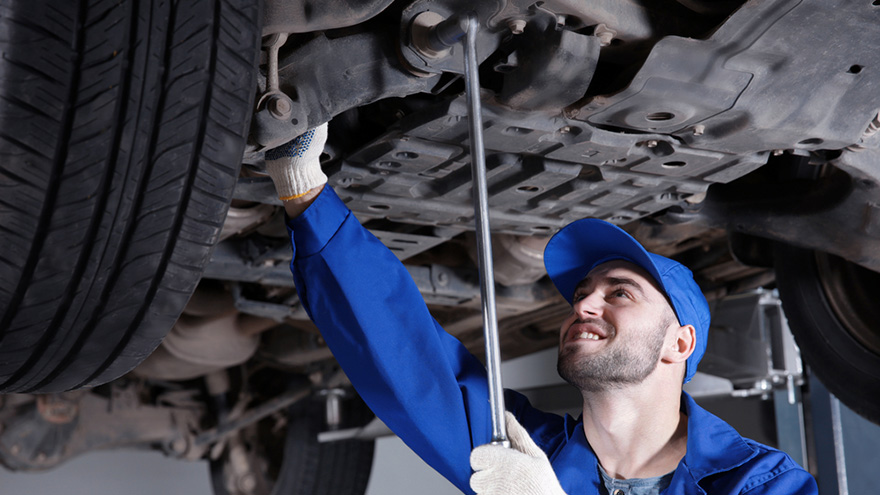Paper: Auto industry should use proper coded data for parts availability

Sales of cars and trucks have risen since the end of the 2009 Great Recession, and because vehicle owners are driving their vehicles longer, service has also expanded. Consumer awareness of the need for preventive maintenance, repairs and scheduled servicing to extend the overall value of their vehicles has created rising demand for parts and services.
That has resulted in new growth and revenue opportunities for many businesses such as independent auto repair shops, collision shops and original equipment-franchised dealerships, according to a new educational white paper for original equipment parts manufacturers and the greater automotive parts industry from automotive data supplier Motor Information Systems.
The paper analyzes the strong opportunity for automakers and franchised dealers to sell more of their parts to independent repairers and the need to partner with a trusted data provider to code OE parts to aftermarket standards to provide “enhanced information for everyone.”
Motor writes that independent shops perform more than 70% of all post-warranty service and repairs, and they typically buy most of their parts from non-OE sources that often don’t offer OE-branded parts in their database.
“There is significant untapped opportunity for OEs and dealers to sell more of their parts to independent repairers, and this additional demand can be met with existing programs by partnering with a trusted data provider to code OE parts and make that enhanced information available to everyone involved in the parts-purchasing decision,” Motor Information Systems writes in the white paper.
The new white paper notes that with the advent of electric and autonomous vehicles and the ownership model moving toward mobility-as-a-service, the need to properly maintain vehicles no matter the propulsion system or ownership model is the one constant in that changing market.
“Maintaining vehicles with [OE] parts ensures proper fit and function,” Motor writes.
“There is great opportunity to create additional parts demand from OE manufacturers given the abundance of cars on the road today with sophisticated drive chains and technology,” Motor executive vice president Jeff Nosek said in a news release. “These cars are built with great quality and servicing them with OE parts keeps them operating at an optimal level. This paper is an opportunity to educate OE manufacturers on how trusted data providers today can amplify this parts demand across the channel.”
For a long time, automakers have had successful mechanical wholesale and collision wholesale programs designed to sell parts, Motor writes. Although the programs are robust, they do not capture a sizeable portion of part sales for older vehicles.
Motor says industry estimates show the global automotive aftermarket industry reaching about $722.8 billion by 2020.
“However, many dealers and OEs are missing out on a large opportunity since a majority of this is represented by non-OE parts utilized by independent auto repair shops,” the company writes.
Most automakers have not made their parts data widely available and coded to Aftermarket Catalog Enhanced Standard, or ACES, standards, Motor writes. That means they are missing out on the opportunity to have their parts available to the 160,000 U.S. automotive service and repair locations that need quality parts for repairs, the company writes.
“Making properly coded OE data more widely available will generate more demand for OE parts,” the company writes.
Motor says automakers have the products to compete.
“Creative pricing and packaging and placement in the right channels will create demand for existing mechanical and collision wholesale programs,” the company writes.

 View The Latest Edition
View The Latest Edition

